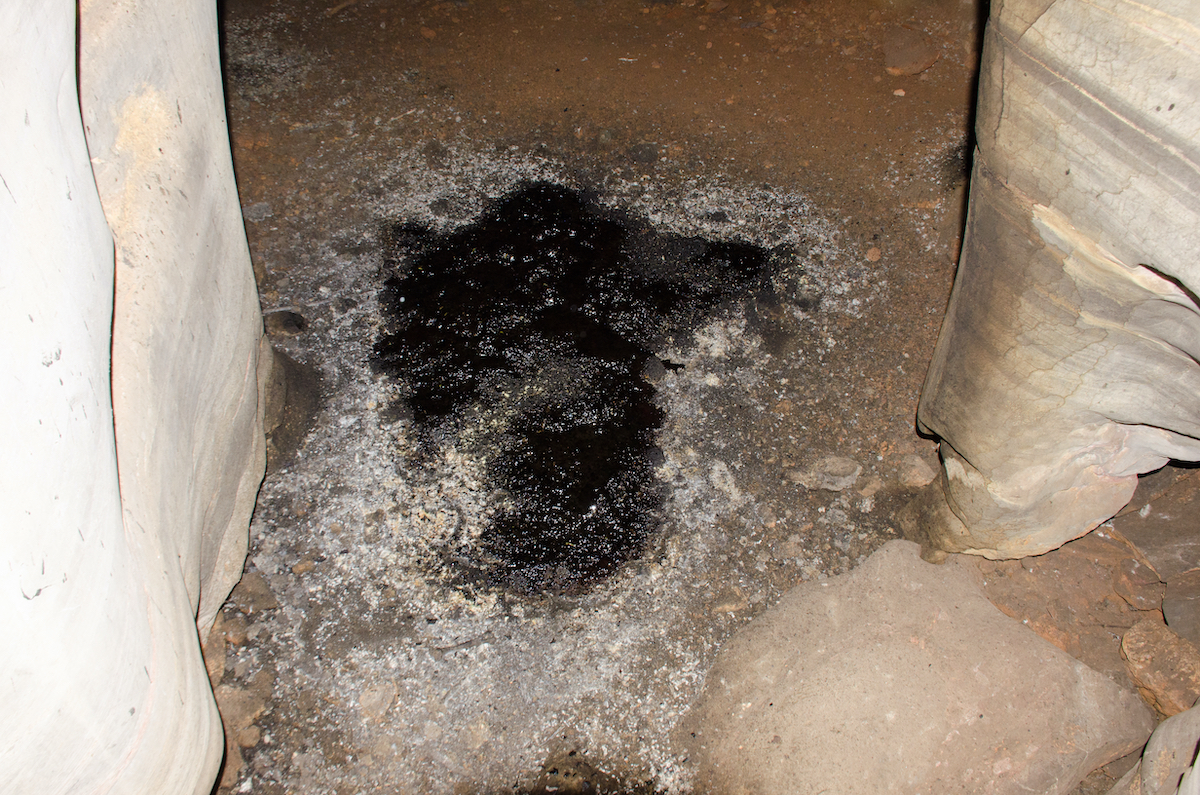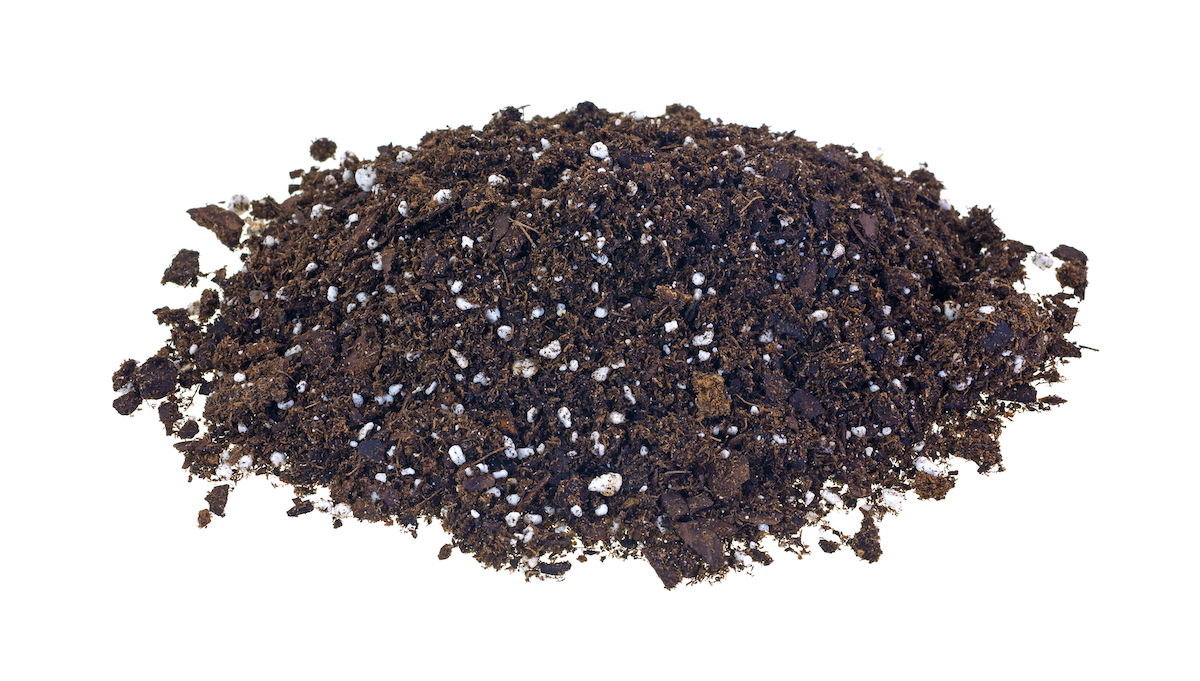- Fertilisation methods have experienced amazing advances in recent times, but synthetic substances still haven’t managed to exceed nature’s wisdom.
- Guano is a clear example of this: it is a natural fertiliser with high levels of essential nutrients that make it a really valued product in organic cannabis growing.

Guano is the matter that results from accumulated bat, seabird and seal excrement in low-humidity environments, in extremely dry climates where the scarce amount of rain is not enough to leach out the nitrogen-rich ammonia in the faeces.
Guano is a highly effective fertiliser due to its outstandingly high content of the three main components needed for cannabis growing: nitrogen, phosphorus and potassium. In the 19th century the guano trade played a vital role in the development of modern farming practices and led to the colonisation of remote islands in many parts of the globe. Who could ask for more from some animal poo?
A little history to understand its relevance
Guano, or 'wanu' in Quechua (meaning 'fertiliser') has been used in farming for more than 1500 years. Guano was a highly valued fertiliser in the Andes communities in South America. Even the Inca emperors restricted the access to this valuable material, and those who harmed the animals that produced it were sentenced to death. Three centuries later, western countries started to import guano on a large scale. Thus, guano became the base of the population boom that brought the establishment of intensive farming to Europe in the 19th century.
But for guano to be commercially viable, it needs to accumulate in low-humidity environments, something that only occurs on the Pacific coast in South America and in some tropical islands in the Pacific. In fact, this natural resource from Peru's guano islands gave the Andean nation such economic power that it even became grounds for war between countries like Spain and the USA, who fought to conquer this golden age Peru, known as the 'Republic of Guano', between 1842 and 1879.

Bat guano in cannabis growing
Without a shadow of a doubt, bat guano is the favourite amongst cannabis growers: it can be used in all phases of development and has lower salt concentrations than seabird and seal guano. This is a vital point as excess salt levels can potentially burn the plants.
Bat guano comes from caves in tropical rainforest areas like Madagascar and Indonesia. Despite not being one of the most loved creatures of the animal kingdom, bats play a key role in the ecosystem. This flying mammal also provides significant benefits thanks to its 'by-product': the faeces that accumulate in the caves, where the environmental conditions are perfect for them to become guano because their nutrients don't get filtered by the rain.
In addition, the diet preference of different bat species creates a degree of diversity in the uses and applications of the guano. For instance, bats that eat insects produce excrement with high nitrogen levels, whereas fruit-eating bats produce high-phosphorus faeces.
Nutritional composition of guano
Cannabis plants require a suitable and balanced nutrition regime so they can grow to their full potential. That's why bat guano has an important role in this process as it contains essential macro and micronutrients that promote healthy growth:
Macronutrients (nutrients required in large quantities)
- Nitrogen (N): the main component in chlorophyll and amino acids that ensures healthy development above the ground, for example in stems and leaves.
- Phosphorus (P): an essential photosynthesis element that also promotes root development and resin production.
- Potassium (K): reinforcement against bacteria and mould. It also helps strengthen branches and stems. This mineral also plays a vital role in the use of air and light.
Macronutrients are essential to every phase of growth. However, different phases require different NPK proportions and combinations. Bat guano with high nitrogen content is ideal for the veg phase. On the other hand, guano with higher phosporus levels is more suitable for the flowering phase.
Micronutrients (vitamins and minerals required in minimum quantities)
- Boron (B): a mineral that contributes to the development of cell walls, seeds and fruits, and also promotes calcium absorption.
- Calcium (Ca): it preserves cell structure, especially in the radicular system; it facilitates photosynthesis; and it promotes nutrient absorption.
- Iron (Fe) and Manganese (Mn): both work in the enzymatic systems and promote chlorophyll production.
- Sulphur (S) and Zinc (Zn): essential components in the production of proteins and enzymes.
- Magnesium (Mg): the key to light or solar energy absorption.
Despite being less abundant, micronutrients are as essential as macronutrients: amongst other things, they promote the general well-being of plants, and ultimately ensure vigorous growth.

Applications of bat guano in cannabis growing
Bat guano boasts a long history as a natural fertiliser, but it is popularly used in three different ways:
- Fertiliser: bat guano is much more powerful than other organic fertilisers. Therefore, it needs to be added in smaller quantities. It can be introduced in the soil; used as a topsoil layer; or turned into a tea to feed the roots.
- Pesticide: thanks to its pest control properties, bat guano can be used as an effective fungicide when applied to the leaves.
- Soil improver: bat guano improves substrate quality and performance. It can be applied to excessively spongy soils or it can be used to loosen denser soils. It can also improve water retention. Its effects last longer than those of most chemical fertilisers.
Benefits of bat guano
Bat guano is highly regarded in organic and even conventional farming. It is fast-acting and greatly adapts to every growth phase, producing long-lasting benefits:
- It improves overall substrate health by providing beneficial microflora and microbes.
- It adjusts pH to improve nutrient absorption.
- It provides nutrients for prolonged periods of time thanks to its slow nutrient release.
- It accelerates decomposition of exhausted matter and it activates composting.
- It eliminates toxic elements in the soil.
- It controls and prevents nematode attack or infestation.
The properties of guano can also be clearly noticed in the final product: many growers claim that guano greatly improves the overall flavour of cannabis, making it sweeter, tastier, and less watery.
Drawbacks of using bat guano
The benefits of using bat guano to feed and protect your cannabis plants are so outstanding that it is hard to find any disadvantages.
However, if we have to pick one, this has to be the cost: bat guano can be 10 times more expensive than other organic sources of nitrogen and phosphorus. This is due to its limited availability and high demand. Another drawback is its smell: depending on what species it derives from, the guano can have a really strong smell, so it is only recommended for outdoor grows.

Bat guano for optimum development
Bat guano can be applied in different ways as it is commercially available in liquid, granule, or powder format. It can be mixed directly with the soil, used as a compost tea for watering, or used to make a balanced soil base to improve drainage, aeration, structure, water retention, and permeability, with the ultimate purpose of providing the roots of the cannabis plants with the best environment possible.
Many growers make the mistake of using guano in excess or even growing in pure guano. Don't forget that guano is to be used as an additive rather than a growing medium. It is best mixed with peat or perlite as guano is too acidic or alkaline by itself.
A good ratio is approximately 100 ml guano for 1 L of peat or perlite. Do not exceed this 10% ratio unless the manufacturer says otherwise.
Another useful way of using guano is as a foliar spray. Prepare a mix of balanced pH water and a very small amount of guano and spray directly on the leaves. The ratio should be approximately 30 ml guano / 1 - 1.5 L water.
Guano is a real multi-purpose fertiliser. It is packed with macro and micronutrients that improve both plant growth and soil quality. It's no wonder it is so highly sought-after for both commercial and domestic cannabis cultivation. At a time when plants are usually bathed in synthetic elements, this source of sustenance is a real gift from nature.



Comments from our readers
There are no comments yet. Would you like to be the first?
Leave a comment!Did you like this post?
Your opinion about our seeds is very important to us and can help other users a lot (your email address won't be made public).